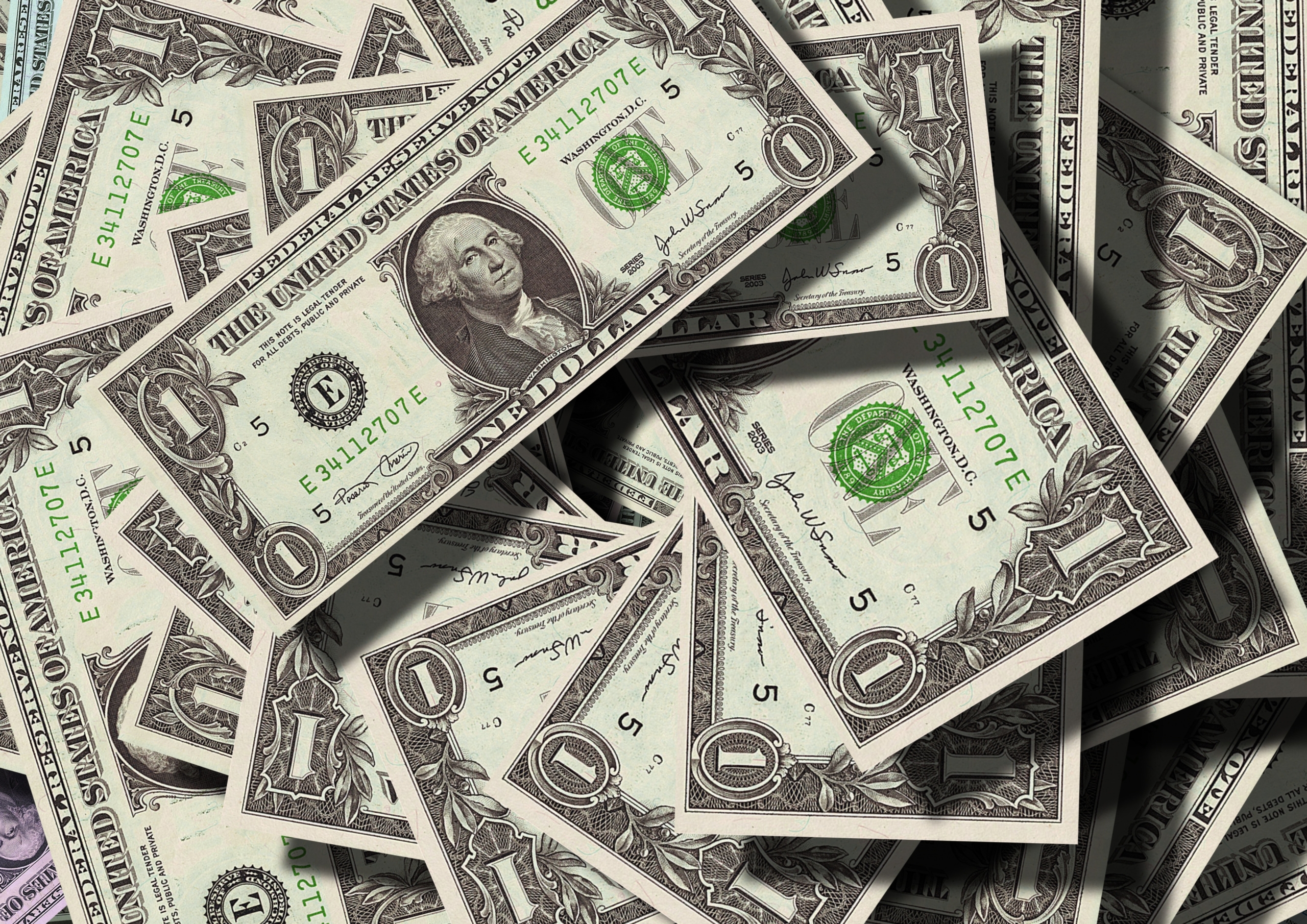Singapore Green Jet Fuel Levy on Travellers Ignites Funding Debate
US GDP Figures Spark Concern Among Economists of Possible Stagflation

The US economy has proven unexpectedly durable amid aggressive interest rate hikes and steadfast inflation over the last year. However, it exhibited signs of strain and weakness during the first quarter. The Bureau of Economic Analysis (BEA) reported a decrease in annualized US gross domestic product growth to 1.1%, well below 1.9%, the consensus expectations on Wall Street. Concurrently, the Personal Consumption Expenditures (PCE) index rose to 4.2%, exceeding the anticipated 3.7%, which is one of the Federal Reserve’s most preferred inflation indicators. Chief Investment Officer of Independent Advisor Alliance, Chris Zaccarelli, stated that “This morning’s data was the worst of both worlds, with growth down and inflation up.” For over a year, some of the most adept minds in the financial industry, such as billionaire investors, hedge fund managers, and renowned economists, have warned that rising interest rates will ultimately trigger an economic recession. However, the latest GDP and inflation statistics have experts worried that stagflation, which is the toxic economic blend of slow growth and high inflation that previously debilitated the US economy in the 1970s, could be back in the cards.
According to Jefferies’ Senior Economist, Thomas Simons, the inventory factor resulted in an over two-percentage-point drop for the annualized GDP growth in the first quarter, masking the relatively robust consumer demand. However, like numerous experts, Simons pointed out that the most recent figures confirmed that GDP would “start to slow substantially in Q2 and start to contract in the second half [of the year].” In a Thursday note, he added, “Policy drag is about to kick into a higher gear that will unleash a full-blown layoff cycle and recession by midyear.” Furthermore, Ellen Zentner, the Chief US Economist at Morgan Stanley, said on Thursday that she anticipates second-quarter GDP growth to be negative 0.4% after experiencing a “moderate step-down” in economic growth in the first quarter. She wrote in a client note, “We expect to see significant slowing into 2Q23 as the cumulative effect of tighter monetary policy, as well as banking pressures, push growth into negative territory.”
According to Chris Campbell, chief policy strategist at global risk consulting firm Kroll and former assistant secretary of the Treasury, the US may be headed towards stagflation, despite a record-low unemployment rate of 3.5% in March. While some economists believe the economy can avoid a recession or stagflation, Campbell disagrees, stating that he expects higher rates of unemployment in the coming year. Meanwhile, in Bank of America’s April Global Fund Manager Survey, 86% of fund managers expressed the belief that stagflation best describes the future outlook for the global economy over the next twelve months. Despite the Fed’s efforts to curb inflation, raising interest rates from near-zero in March 2022 to a range of 4.75% to 5%, core inflation measures have not cooperated, with the core PCE index rising from 4.4% in Q4 to 4.9% in Q1 of 2023. Eugenio Aleman, chief economist at Raymond James, expects an additional 25-basis point rate increase at the upcoming Federal Open Market Committee meeting. Although inventory growth masked some of the economy’s true strength, GPD growth in the US may be slowing.

